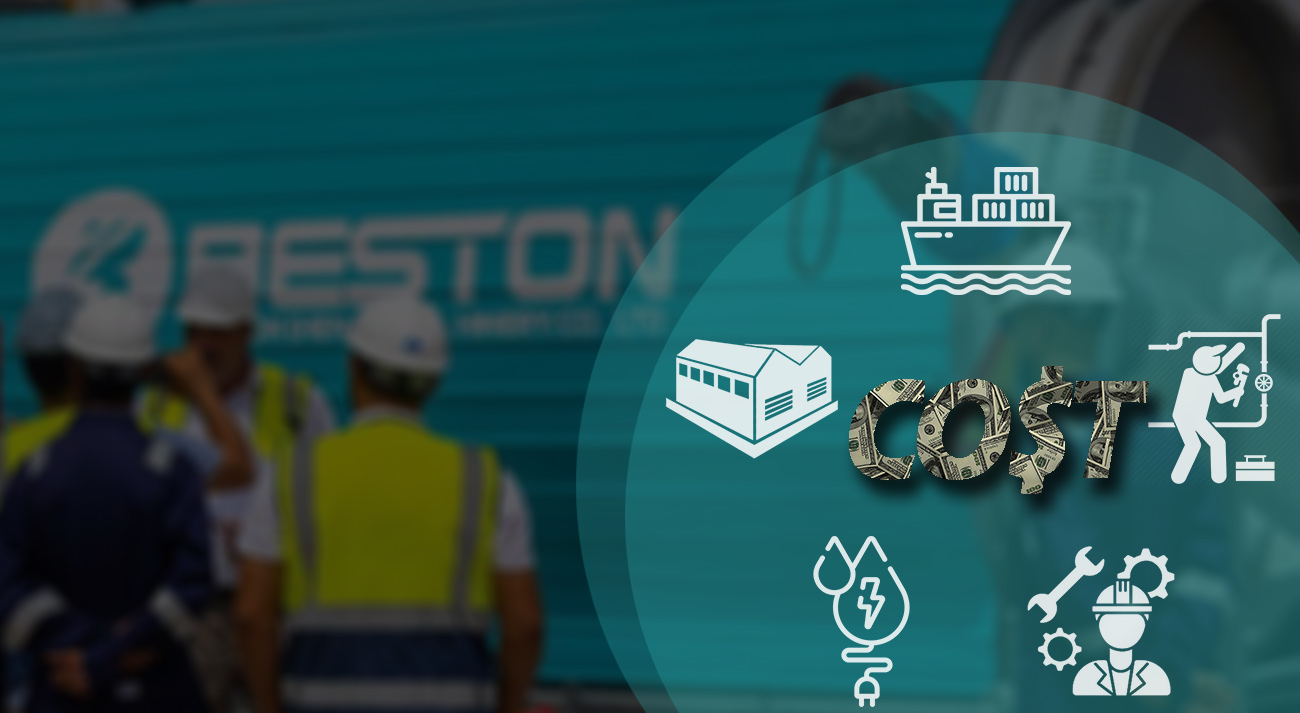In the intricate world of sustainable waste management, the oil sludge pyrolysis plant stands as a beacon of innovation, turning environmental challenges into economic opportunities. As industries increasingly embrace this technology, understanding the cost dynamics becomes imperative for informed decision-making.
Navigating the Landscape of Investment: Oil Sludge Pyrolysis Plant for Sale
Unveiling the Initial Investment
The journey into oil sludge pyrolysis commences with the acquisition of the plant itself. The oil sludge pyrolysis plant for sale introduces the initial cost component. This foundational investment sets the stage for a sustainable venture into converting oil sludge into valuable resources.
Technical Specifications and Customization: The variability in plant sizes and technical specifications injects flexibility into the investment. The choice between a small-scale operation and an industrial behemoth significantly influences the upfront expenditure.
Delving into Operational Expenditure
-
Feedstock Handling Systems
The heart of the pyrolysis process lies in the effective handling of oil sludge as feedstock. Specialized systems for loading, unloading, and preprocessing contribute to the overall efficiency. The cost here is influenced by the scale of the operation and the intricacy of the handling systems.
-
Pyrolysis Reactor Technology
At the core of the plant, the pyrolysis reactor dictates the success of the thermal decomposition process. Advanced reactor technologies, such as rotary kilns or fixed-bed reactors, enhance efficiency but come with associated costs. The choice here intertwines with the desired processing capacity and the quality of end-products.
-
Emission Control Systems
Environmental consciousness mandates the inclusion of sophisticated emission control systems. Integrating cutting-edge technologies for gas cleaning and purification ensures compliance with stringent environmental standards. This, however, contributes to the operational cost.
-
Energy Consumption
The energy demands for the pyrolysis process and auxiliary systems constitute a notable share of operational costs. Employing energy-efficient technologies and exploring alternative energy sources can mitigate this component.

Lifecycle Considerations: Long-Term Viability
-
Maintenance and Repairs
Ensuring the longevity of the oil sludge pyrolysis plant necessitates periodic maintenance and, at times, unforeseen repairs. Factoring in these costs over the plant’s lifecycle is essential for sustained operation.
-
Labor Costs
Operating a pyrolysis plant demands skilled labor for monitoring, maintenance, and troubleshooting. Labor costs form a consistent part of the operational expenditure, emphasizing the importance of a well-trained workforce.
Pyrolysis Machine Cost: A Holistic View
The term pyrolysis machine cost encapsulates the comprehensive expenditure associated with establishing and maintaining an oil sludge pyrolysis plant. It extends beyond the mere purchase price of the machinery and encompasses the intricate web of operational and lifecycle costs.
Unlocking Financial Strategies
-
Return on Investment (ROI) Analysis
A prudent financial approach involves conducting a detailed ROI analysis. This entails forecasting the revenue generated from the sale of pyrolysis oil, carbon black, and other by-products against the cumulative costs. Understanding the payback period is integral to gauging the financial viability of the venture.
-
Economic Feasibility Studies
Before delving into the investment, conducting economic feasibility studies provides a strategic roadmap. These studies consider market dynamics, regulatory frameworks, and potential revenue streams, offering a comprehensive understanding of the venture’s economic landscape.
The Inherent Benefits of Investment
-
Resource Recovery
Beyond the cost considerations lies the inherent benefit of resource recovery. The oil sludge pyrolysis plant transforms a challenging waste stream into valuable commodities, contributing to a circular economy.
-
Environmental Stewardship
Investment in oil sludge pyrolysis aligns with environmental stewardship. The plant’s ability to minimize harmful emissions and convert waste into energy underscores its role in sustainable waste management.
In Conclusion: Balancing Economics and Environmental Impact
As industries weigh the decision to invest in an oil sludge pyrolysis plant, the cost composition emerges as a critical facet. From the initial acquisition of the plant to the intricacies of operational and lifecycle expenditure, every component plays a role in shaping the economic viability of the venture.
Investing in an oil sludge pyrolysis plant for sale transcends a mere financial decision. It embodies a commitment to environmental responsibility, resource recovery, and a sustainable future. In navigating the delicate balance between economics and environmental impact, industries find themselves at the forefront of innovation and responsible waste management.

Comments
No comments yet. Be the first to react!